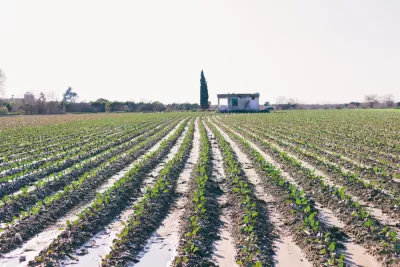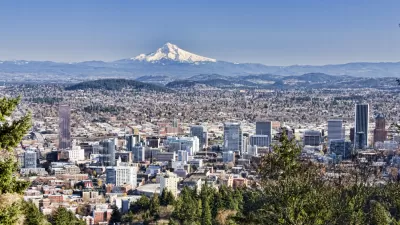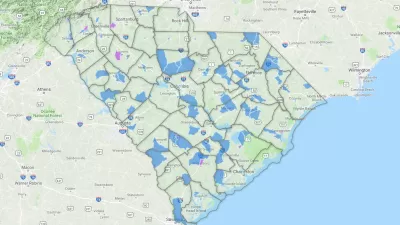The state of Texas gives an early indication of the potential scale of the new Opportunity Zones program—an emerging program that will be rolling out across the country in the coming days and weeks.

The state of Texas is getting out in front of a new federal policy on Opportunity Zones, a program enacted by the Tax Cuts and Jobs Act of 2017 to provide economic development funding for distressed urban and rural areas.
According to an article by Luis Guajardo and Alexandra Miller, Texas Governor Greg Abbott announced the designation of 628 Opportunity Zones, including 150 in the Houston metropolitan area. Designating Opportunity Zones is a necessary step on the way to implementing this new financing program:
Governors were given 90 days since the new tax code was signed into law to designate up to 25 percent of eligible census tracts as Opportunity Zones for a 10 year period. To be eligible, a census tract must have a poverty rate of at least 20 percent and a median family income less than 80 percent of the area’s median income or be contiguous to low-income tracts with a median family income that does not surpass 125 percent of the low-income tracts’ median family income.
As explained in the article, as well as an earlier post on Planetizen, the Opportunity Zones will be funded by an investment vehicle known as Qualified Investment Funds. "Opportunity Funds provide investors a 10 percent step-up in basis available after a five-year investment, with an additional 5 percent allotted after seven years and permanent exemption of capital gains from taxable income after 10 years -- including for the sale of property," explain Guajardo and Miller.
According to Miller there's plenty of reason for Texas and any other state to be excited by the prospect of this new federal program. "Policy experts tracking the initiative claim trillions of dollars in private capital are sitting on the sideline [pdf] and investors are keen to benefit from the proposed tax deferrals -- making this one of the most significant place-based incentive tools available to date."
FULL STORY: With New Opportunity Zones, A Tool For Change Brings Questions

Planetizen Federal Action Tracker
A weekly monitor of how Trump’s orders and actions are impacting planners and planning in America.

Map: Where Senate Republicans Want to Sell Your Public Lands
For public land advocates, the Senate Republicans’ proposal to sell millions of acres of public land in the West is “the biggest fight of their careers.”

Restaurant Patios Were a Pandemic Win — Why Were They so Hard to Keep?
Social distancing requirements and changes in travel patterns prompted cities to pilot new uses for street and sidewalk space. Then it got complicated.

Platform Pilsner: Vancouver Transit Agency Releases... a Beer?
TransLink will receive a portion of every sale of the four-pack.

Toronto Weighs Cheaper Transit, Parking Hikes for Major Events
Special event rates would take effect during large festivals, sports games and concerts to ‘discourage driving, manage congestion and free up space for transit.”

Berlin to Consider Car-Free Zone Larger Than Manhattan
The area bound by the 22-mile Ringbahn would still allow 12 uses of a private automobile per year per person, and several other exemptions.
Urban Design for Planners 1: Software Tools
This six-course series explores essential urban design concepts using open source software and equips planners with the tools they need to participate fully in the urban design process.
Planning for Universal Design
Learn the tools for implementing Universal Design in planning regulations.
Heyer Gruel & Associates PA
JM Goldson LLC
Custer County Colorado
City of Camden Redevelopment Agency
City of Astoria
Transportation Research & Education Center (TREC) at Portland State University
Camden Redevelopment Agency
City of Claremont
Municipality of Princeton (NJ)





























